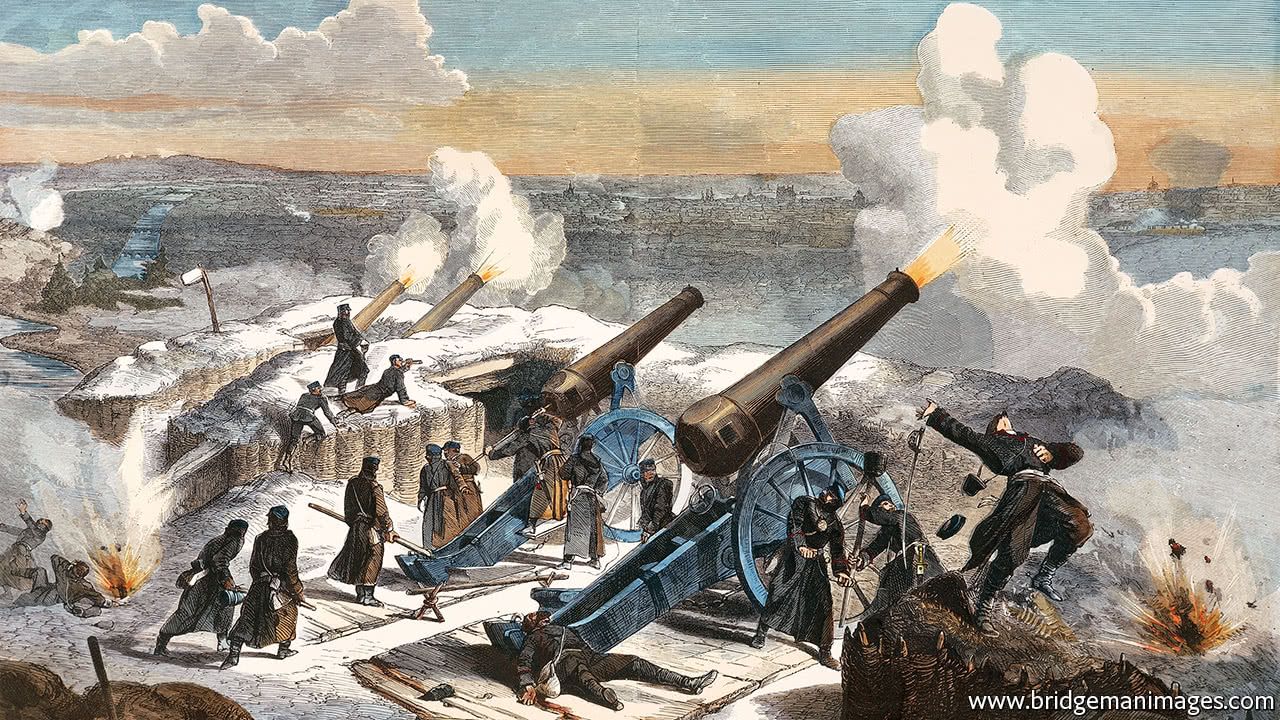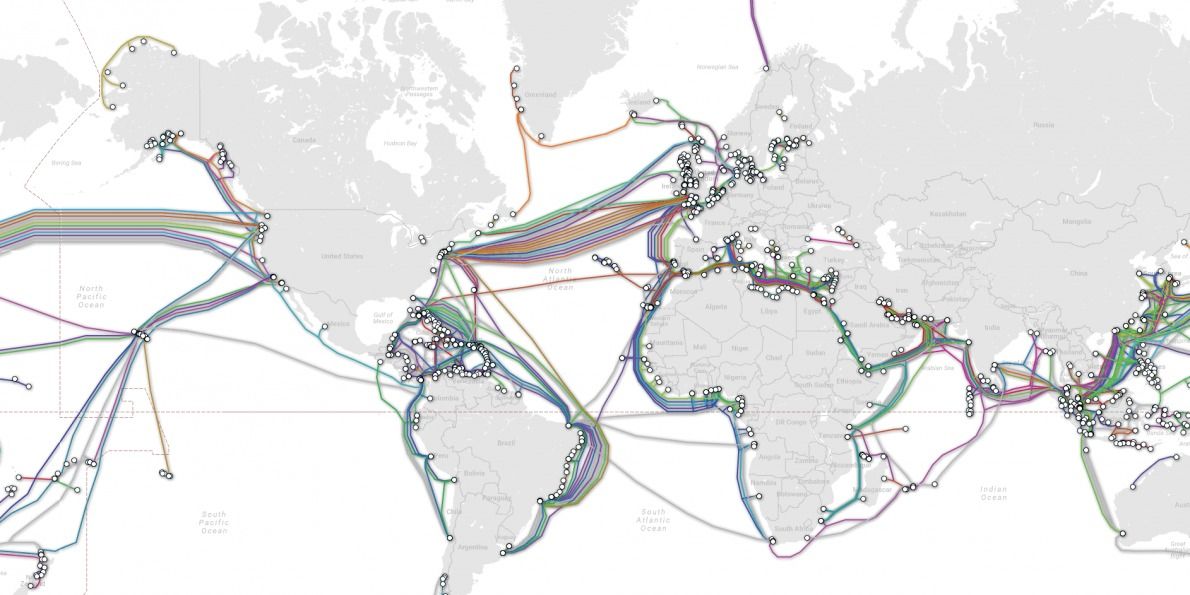Reps from #BAE, #GA General Atomics and others have been saying for years they could do this now if US #Navy wanted — but it’s hever happened. Gotta wonder why.




Part of Vittorio Sebastiano’s job is to babysit a few million stem cells. The research professor of reproductive biology at Stanford University keeps the cells warm and moist deep inside the Lorry I. Lokey Stem Cell Research Building, one of the nation’s largest stem cell facilities. He’s joined there by an army of researchers, each with their own goals. His own research program is nothing if not ambitious: He wants to reverse aging in humans.
Stem cells are the Gary Oldman of cell types. They can reprogram themselves to carry out the function of virtually any other type of cell, and play a vital role in early development. This functional reprogramming is usually accompanied by an age reset, down to zero. Sebastiano figures that if he can separate these different kinds of reprogramming, he can open up a whole new kind of aging therapy. Nautilus caught up with him last month.

The Defense Department can’t stop the rising river of of digital metadata — or prevent enemies from dipping into it.
The Pentagon has long wrapped Diego Garcia in a veil of secrecy, barring media from the Indian Ocean island even as its base and airfield became a key node in America’s wars in the Middle East. But a hole appeared in the veil last Saturday, when a mobile fitness-tracking app company called Strava posted a heatmap of its subscribers’ activity — including the routes that sailors and airmen take as they jogged.
“What you saw from the running patterns is exactly what I experienced when I was deployed there five times between 1985 and 1999,” Air Force General Paul Selva, vice chairman of the Joint Chiefs of Staff, recalled in a breakfast with reporters on Tuesday. A heavily secluded jungle trail runs along the island’s western edge, Selva said, perfect for an ambush. “I’ve run it a thousand times. If I had a FitBit, I would have contributed to the map of Diego Garcia.”

At least the world knows what it is like to live in the shadow of nuclear weapons. There are much bigger question-marks over how the rapid advances in artificial intelligence (AI) and deep learning will affect the way wars are fought, and perhaps even the way people think of war. The big concern is that these technologies may create autonomous weapons systems that can make choices about killing humans independently of those who created or deployed them.
War is still a contest of wills, but technology and geopolitical competition are changing its character, argues Matthew Symonds.


China has gathered 120 researchers from around the military to work for its top research institute as part of a push to develop military applications for artificial intelligence and quantum technology, state media reported.
Experts from within the military to work for its top research institute as China modernises its armed forces to give them cutting-edge equipment and arms.

A look at Lt. Gen. Paul Nakasone’s public statements about artificial intelligence, offense, and defense.
The Army general likely to be tapped to head U.S. Cyber Command and the NSA has some big plans for deploying cyber forces and using artificial intelligence in information attacks.
Lt. Gen. Paul Nakasone, who currently leads U.S. Army Cyber Command, is expected to nominated in the next few months to replace Adm. Michael Rogers, as first reported by The Cipher Brief (and confirmed by the Washington Post and a Pentagon source of our own). But caution is in order: the rumor mill says several other contenders are in the running, including Army Lt. Gen. William Mayville. Neither Cyber Command nor the Pentagon would comment about the potential nomination.

If any organization embodies our idea of the classic mad inventors, just running amock with crazy ideas, it’s DARPA jumping dog robot? Sure. Self-guiding bullets? What can go wrong? Vertical take-off plane? Well, why not? Bioengineered spy plants? Wait, what?
Yes, the Defense Advanced Research Projects Agency – DARPA – the part of the US Department of Defense responsible for developing technologies to be used by the military, is planning to bioengineer plants for intelligence gathering.
DARPA says its new program “envisions plants as discreet, self-sustaining sensors capable of reporting via remotely monitored, programmed responses to environmental stimuli.” Because that doesn’t sound terrifying at all. Somewhere between 1984’s foliage microphones and the classic “bug” in a pot plant.
High-tech warfare at knife-fight ranges: that’s the ugly future of urban combat. If you thought Baghdad was bad, with its roughly six million people, imagine a “megacity” of 10 or 20 million, where the slums have more inhabitants than some countries. Imagine a city of the very near future where suspicious locals post every US military movement on Twitter with digital photos and GPS-precise coordinates. Imagine roadside bombs that fly because the bad guys downloaded blueprints for a kamikaze mini-drone and built it with their 3D printer.
As the US pulls out of the mountains and deserts of Afghanistan, the Navy and Air Force may be looking to the wide-open Pacific, but the Army is increasingly concerned about the cramped alleyways of Third World cities. (The Marines, as usual, have a foot in both worlds). Chief of Staff Ray Odierno’s personal Strategic Studies Group — now led by hybrid warfare expert David Johnson — is working on the subject, as is the Army’s think tank and teaching institution, Training and Doctrine Command (TRADOC). This August, after months of seminars, simulations, and study, the Army War College will host a “deep future wargame” set in a megacity, probably a coastal one, circa 2035.
“We talk about the danger of failed states: Imagine a failed megacity,” offers Col. Kevin Felix of TRADOC’s Army Capability Integration Center (ARCIC), which plays a leading role in organizing the wargame. Even a partial breakdown of security and public services could put thousands of people in peril — or under the rule of drug gangs, as in Brazil’s infamous favelas; or of terrorist groups, like Hezbollah in parts of Lebanon. In those parts of the city, Felix told me, “there may be order, but I wouldn’t define it as law and order.”